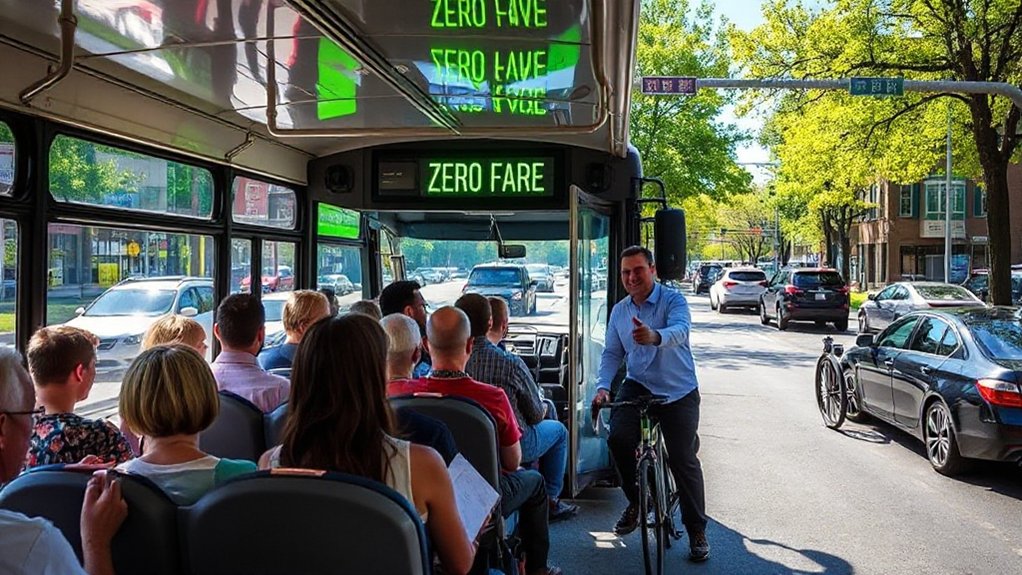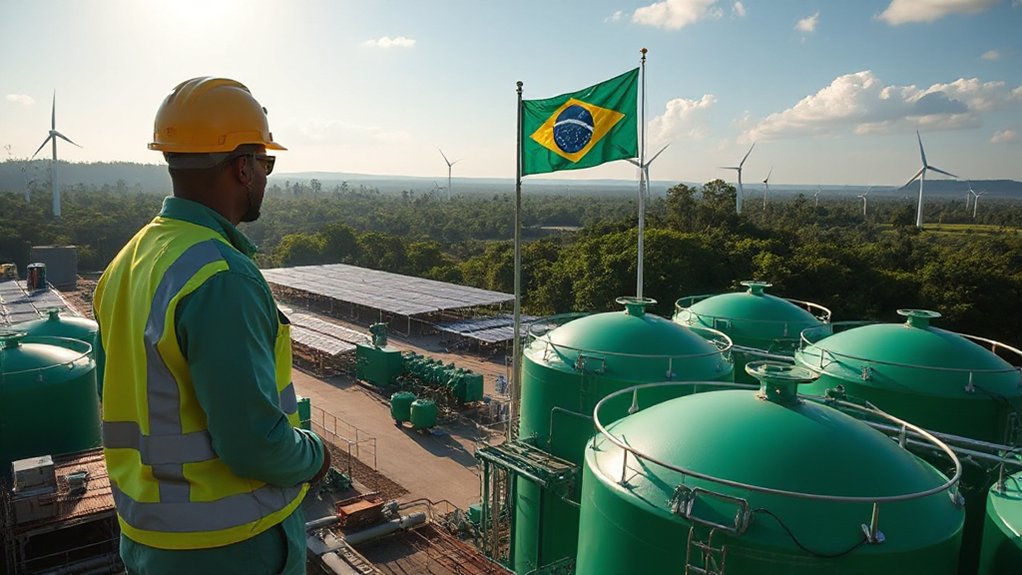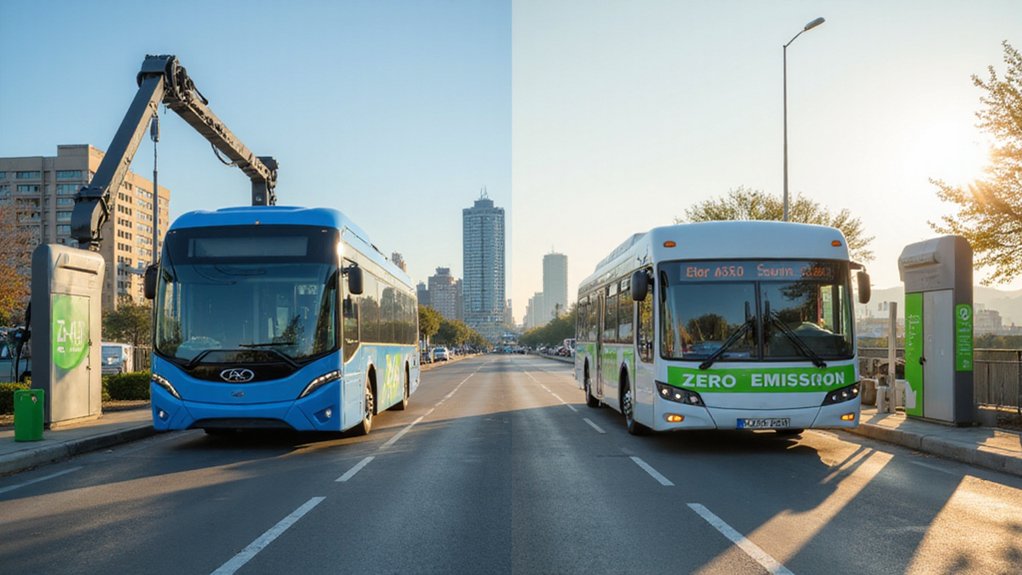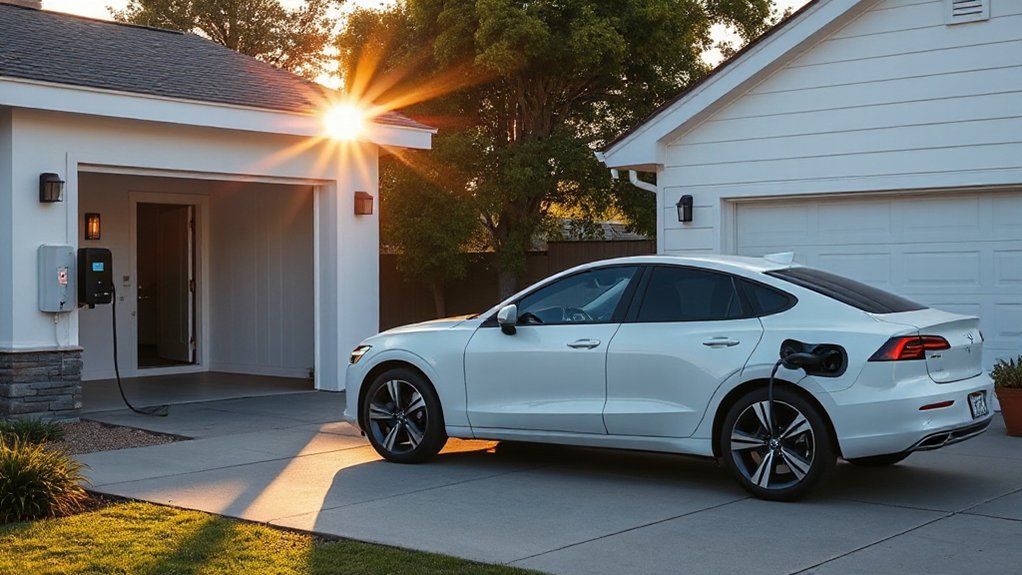While cities across America struggle with gridlocked roads and smoggy air, Iowa City has found a invigoratingly simple solution: make the buses free. No rocket science here. Just open the doors and let people ride. And guess what? It’s working spectacularly.
The numbers don’t lie. In just 11 months after dropping fares, ridership shot up 43%. Over 1.5 million rides and counting. August alone saw a 53% jump compared to the previous year. That’s not just pandemic recovery—that’s blowing past expectations entirely.
Free rides, soaring numbers: 43% more passengers, 1.5 million strong and climbing. Expectations? Shattered.
Each new bus rider equals one less car clogging the streets. Simple math. When thousands make the switch, traffic eases. Peak hour congestion drops. Those “I’ll be 5 minutes late” texts? Becoming less necessary by the day. The most popular route, Oakcrest route, serves about 20,000 riders monthly.
Pollution takes a hit too—in the good way. Iowa City’s Climate Action Plan aims for 55% of trips to use sustainable transportation by 2050. They might hit that target early at this rate. Buses emit less CO2 per passenger than all those single-occupancy vehicles. Cleaner air, anyone? This initiative mirrors the national shift where renewable energy surpassed coal in electricity generation, showing how transportation and energy sectors are both evolving toward sustainability.
The benefits extend beyond environmental warm-fuzzies. Free transit removes barriers for those who need mobility most—low-income residents, students, seniors. No more choosing between bus fare and groceries. Transportation equity isn’t just a buzzword here; it’s happening.
Service improvements came alongside fare removal. More evening routes. Sunday service. Better reliability. The whole system got an upgrade, not just the price tag.
Sure, there were financial concerns. The city previously recovered 21-28% of costs through fares. But increased ridership, federal funding, and lower per-trip costs have offset the revenue loss.
Plus, less road maintenance and healthcare costs from cleaner air? Those savings add up.
The community backs the change wholeheartedly. City Council, transit studies, and public feedback all point to the same conclusion: free buses work. They reduce traffic, cut pollution, and increase mobility—simultaneously.
Iowa City’s zero-fare miracle isn’t magic. It’s just good policy that delivers results.
References
- https://www.press-citizen.com/story/news/local/2024/08/22/1-5-million-riders-made-use-of-iowa-citys-fare-free-transit-last-year/74891044007/
- https://www.ccam-tac.org/news/iowa-city-transit-ridership-increases-53-thanks-to-fare-free/
- https://www.icgov.org/government/departments-and-divisions/transportation/transit/iowa-city-area-transit-study
- https://transportation.uiowa.edu/sites/transportation.uiowa.edu/files/2021-06/Appendix D Fare Study_20210422.pdf
- https://wfrc.org/Studies/ZeroFareTransit/ZeroFareTransitStudy_FinalReport.pdf
- https://transportation.uiowa.edu/iowa-city-area-transit-study-icats








